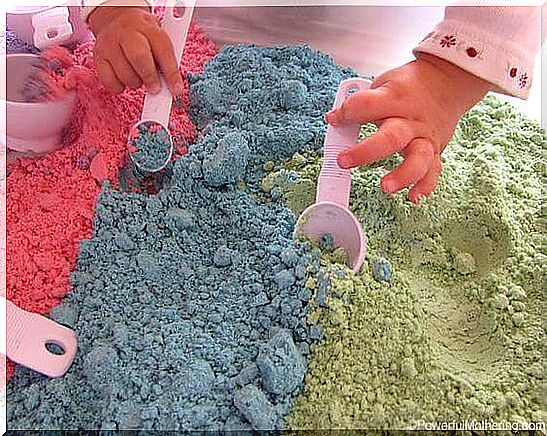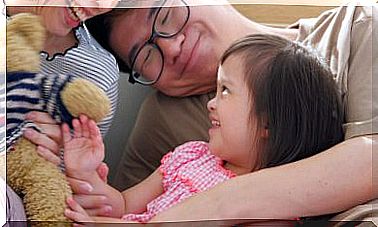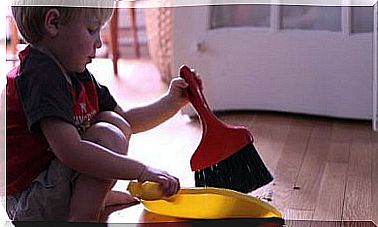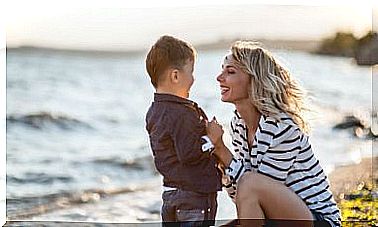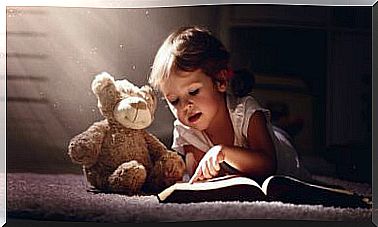5 Things Your Child Learns When He Plays With Sand
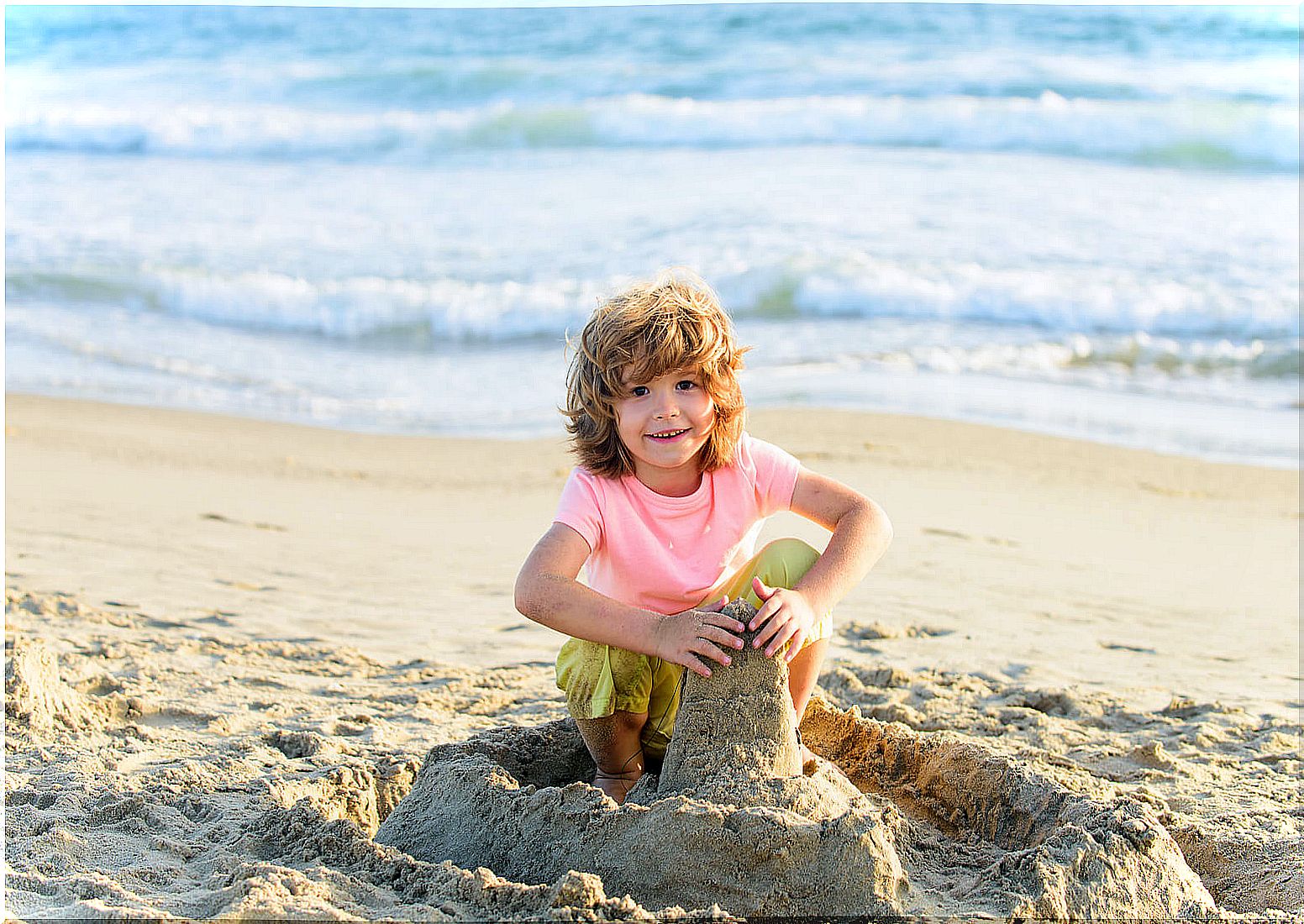
When your child goes out to the field or park and plays with sand, it is normal for him to come home full of it. But don’t be angry about it, it is a sign that he has been learning. When children learn through the sand, they also have fun. What more could you want?
Children don’t just learn during topic discussions or when they learn numbers and letters. In fact, they are gaining knowledge non-stop during the game. During the first 6 years, they learn more math playing with sand and toys in the bathtub than in school.
What does your child learn while playing with sand?
So how much is your little one learning while playing with sand? Aside from the fact that the game on it is highly therapeutic and relaxing, there are also many educational benefits.
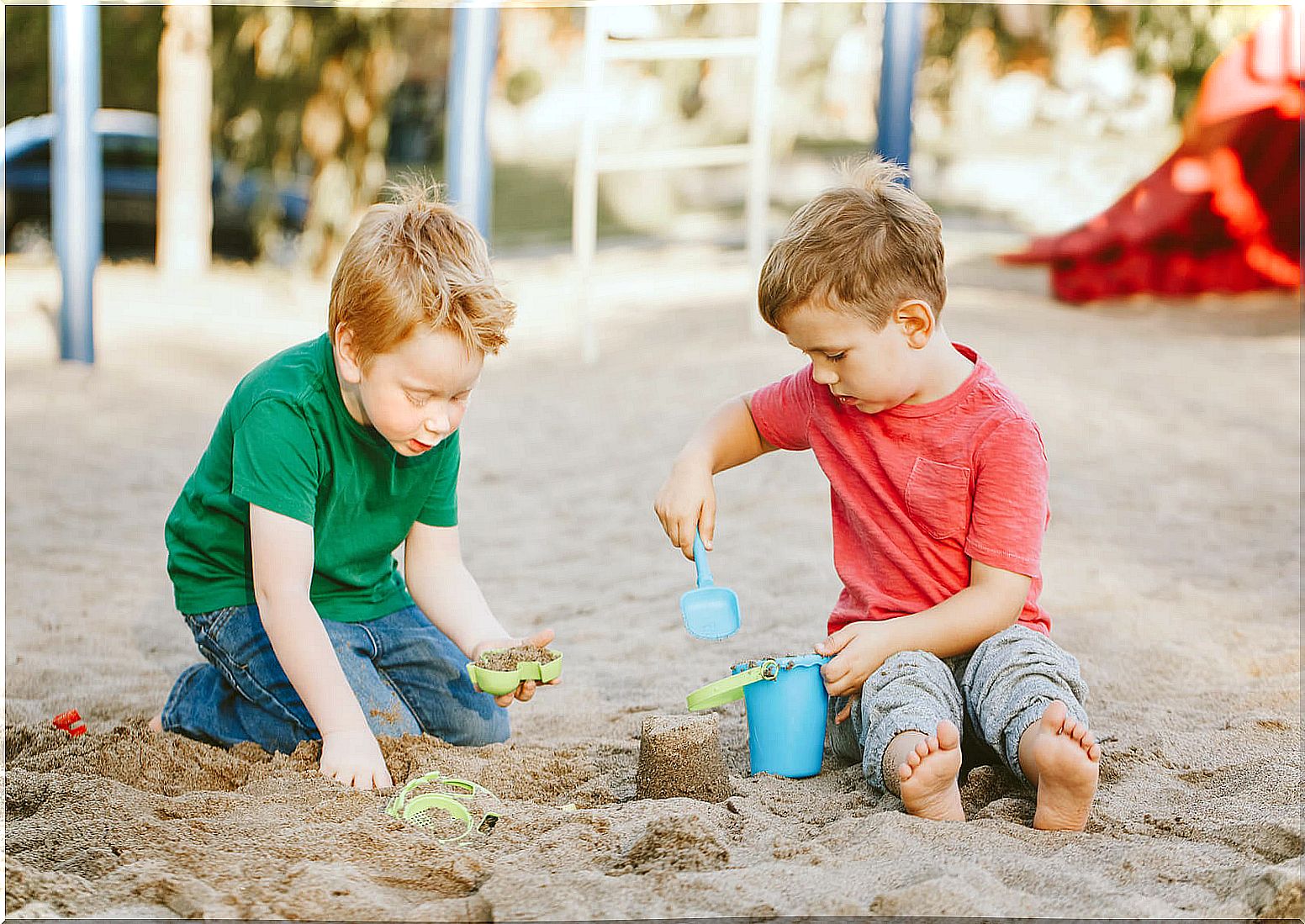
1. The numbers
The little ones do not learn the number concept only in school. In fact, it all begins through play, long before they understand the symbols and their meaning.
When a child makes a sand castle, he develops an understanding of an object as well as no object. You can conceptualize that your friend also has an object if you hold it next to him.
This is called one-to-one correspondence and is necessary in order to learn to count correctly. Then they begin to make various objects with this substance. When one of the buildings collapses or breaks down, there is one less. They compare the number of objects they have with the number their friends have.
This is called incidental math learning. They don’t really know that they are analyzing the amount, but they do it naturally. By the time a child formally learns numbers, they should have had enough play experiences to be able to get an abstract idea of, for example, 1 + 2.
Without understanding what the numbers actually represent, the numbers themselves make no sense at first. Youngsters also learn to compare, analyze and measure things informally when they play with the sand.
2. Capacity and volume when playing with sand
Ability is one of the main early mathematical concepts learned when playing with sand. The act of pouring it (or pouring water) in and out of the buckets gives them a complete understanding of volume and capacity.
By simply adding some containers, buckets, or measuring cups, your child will experiment and learn. Thus, through play, children develop skills such as:
- Compare how much sand is in two identical buckets.
- Compare two different size containers with the same level of sand.
- Find out how many cups or tablespoons of sand it takes to fill a larger container.
- Compare which container has more or less sand.
- Find out if a container is full, empty, or half full.
- Spill some sand and notice that the level has dropped.
3. Scientific concepts
Playing with sand is a scientific discovery for children. Not only are they digging and digging to find things that are buried, but they are also discovering the various layers and how it changes as they dig deeper, just like the earth.
The sand at the top is warm and dry, while it becomes compact, cooler, and wetter as it descends to the bottom. They discover the properties of sand and water through exploration. Also, the little ones explore different materials, both natural and man-made, and learn how things work and the impact they have on each other.
4. Creativity when playing with sand
Playing with sand is a creative game. Have you ever seen a 4-year-old sit next to her and create nothing? Starting with a completely blank sand canvas and a few toys, the little ones constantly create new structures, objects, ways to transport and move sand, and new things to do with the substance. Their minds are constantly thinking of fun new ways to create.
Children are creators by nature. With whatever you give them (sand, water, paper, modeling clay…) they will create something. Sand also provides the opportunity to create freely, without an adult asking for a specific result, as they would with a guided art activity. This means that each creation provides the child with a sense of success and accomplishment.
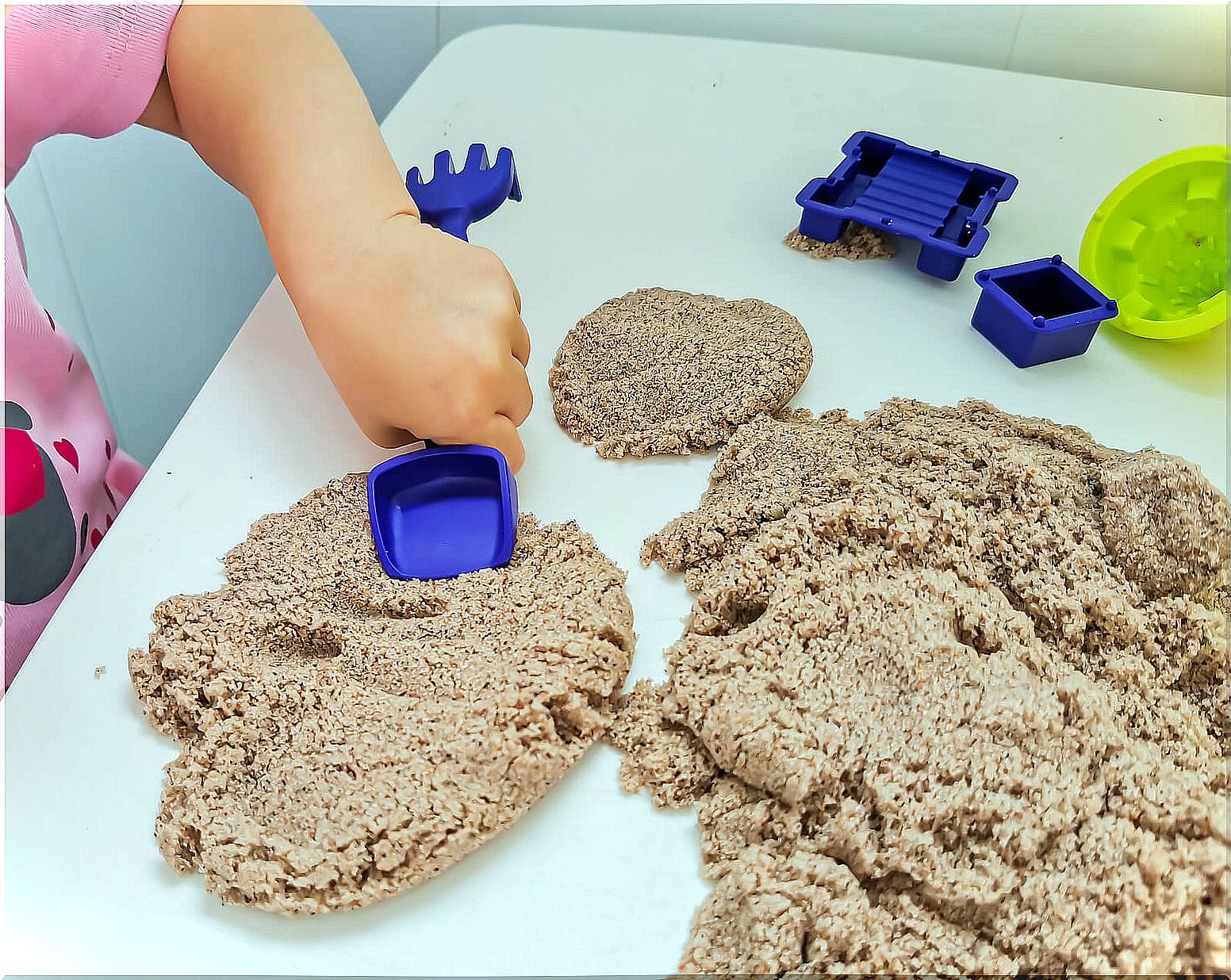
5. Troubleshooting
As children play, they constantly solve problems. These real-life issues that need solving form the basis for all kinds of problem solving in school, including solving math word problems.
Children must understand that there are factors at play and that a solution must be thought of to achieve the desired result. When a child’s sandcastle falls apart when removed from the bucket, the little one needs to rethink the proportions of sand and water.
Or when a child is figuring out how to build a ramp for trucks to pass, they may need to use more tools as a base to hold it up. At this stage, little ones don’t see problems like adults. Rather, they are seeing challenges and doing their best to overcome them and be successful.
As you can see, there are many things that children learn through playing with sand. It is essential to provide them time and space to play and develop these skills and these learnings innately.
